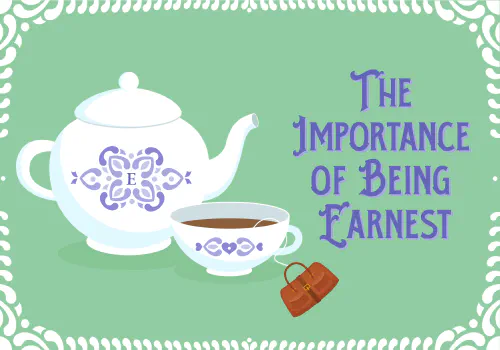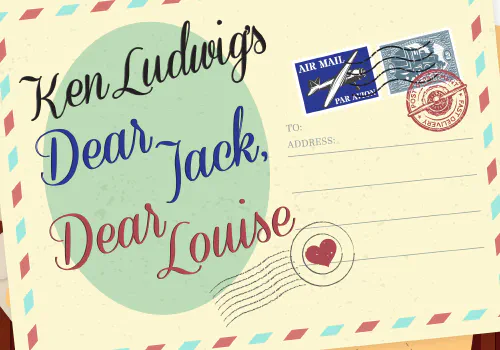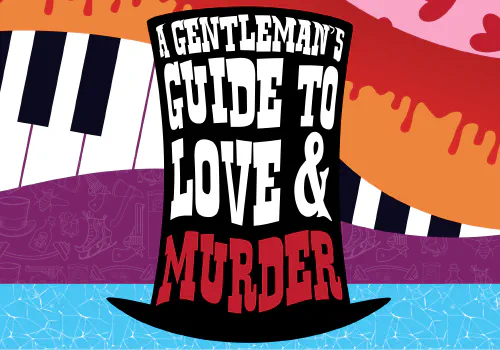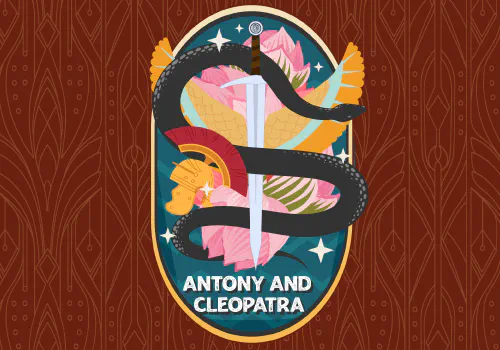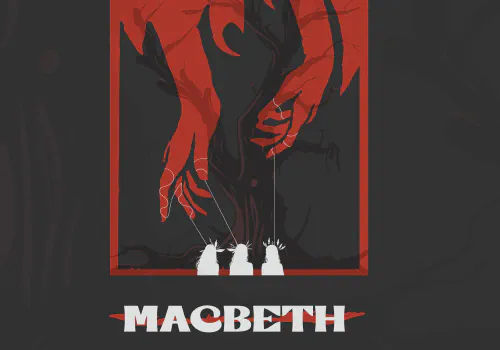Ten Little Known Facts about “All’s Well'“

By Liz Armstrong
All’s Well That Ends Well will open the 2022 season of the Utah Shakespeare Festival on June 23 (with a preview performance on June 20) in the Engelstad Shakespeare Theatre. Directed by Festival veteran Melinda Pfundstein, interesting tidbits about the play abound. Here are ten of our favorites:
-
All’s Well That Ends Well was probably written sometime between 1598 and 1605, and many experts date the work to 1603. It is believed that the script was first printed in 1623 (seven years after Shakespeare’s death) in the First Folio.
-
As the director, Pfundstein is fast forwarding the play to the 1940s, setting it against the backdrop of the start of World War II in France and Italy.
-
The Festival has produced All’s Well That Ends Well three times before: in 1979, 1998, and 2005.
-
Shakespeare scholars consider All’s Well That Ends Well one of Shakespeare’s “problem plays.” (Others are Measure for Measure and Troilus and Cressida and, according to some scholars, The Winter’s Tale, Timon of Athens, and The Merchant of Venice.) These plays deal with too many complex moral issues to be comfortably labeled “comedy,” but also lack the essential ingredients of “tragedy.”
-
Although many believe the phrase “all’s well that ends well” was coined by Shakespeare in this play, a proverb in a Middle English dialogue suggests that this phrase may have been used as early as 1425.
-
Some theories suggest that this play was written at two different times in Shakespeare’s life, as Helena’s letter addressing the countess in act 3 seems to include some of his earlier, “less sophisticated” writing.
-
Shakespeare’s primary inspiration for the plot of All’s Well That Ends Well was William Painter’s collection of stories The Palace of Pleasures (1575), which itself was an English translation of “Giletta of Narbonne,” a story in Giovanni Boccaccio’s collection of folk tales called The Decameron (1353).
-
The “bed-trick” (where one sexual partner is substituted for another) is a plot device in act 4 which Shakespeare also used in Measure for Measure and which has been used in traditional literature and folklore for centuries.
-
You may have heard the quote “Love all, trust a few, do wrong to none.” That’s from All’s Well That Ends Well!
-
Some words in All’s Well That Ends Well have different meanings than they do today. For example, “simpleness” is used where we would now say “innocence,” and “taxed” is used where we would now use something like “reprimanded.”
Bonus: Critics theorize that Bertram rejects Helena because of her social status, resulting in his blindness to see her good qualities. This theme is picked up later by other English writers such as Jane Austen and Charles Dickens.


